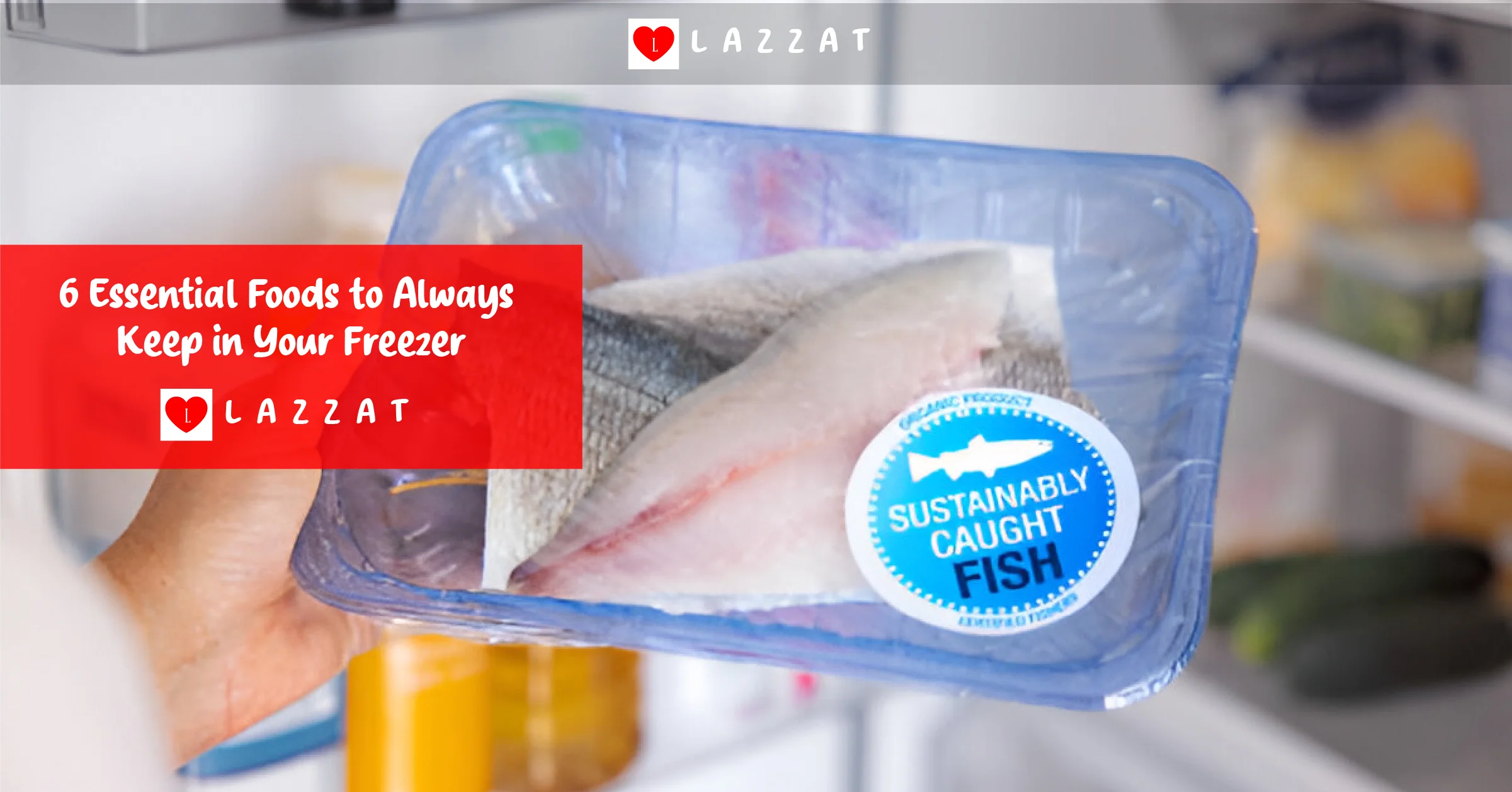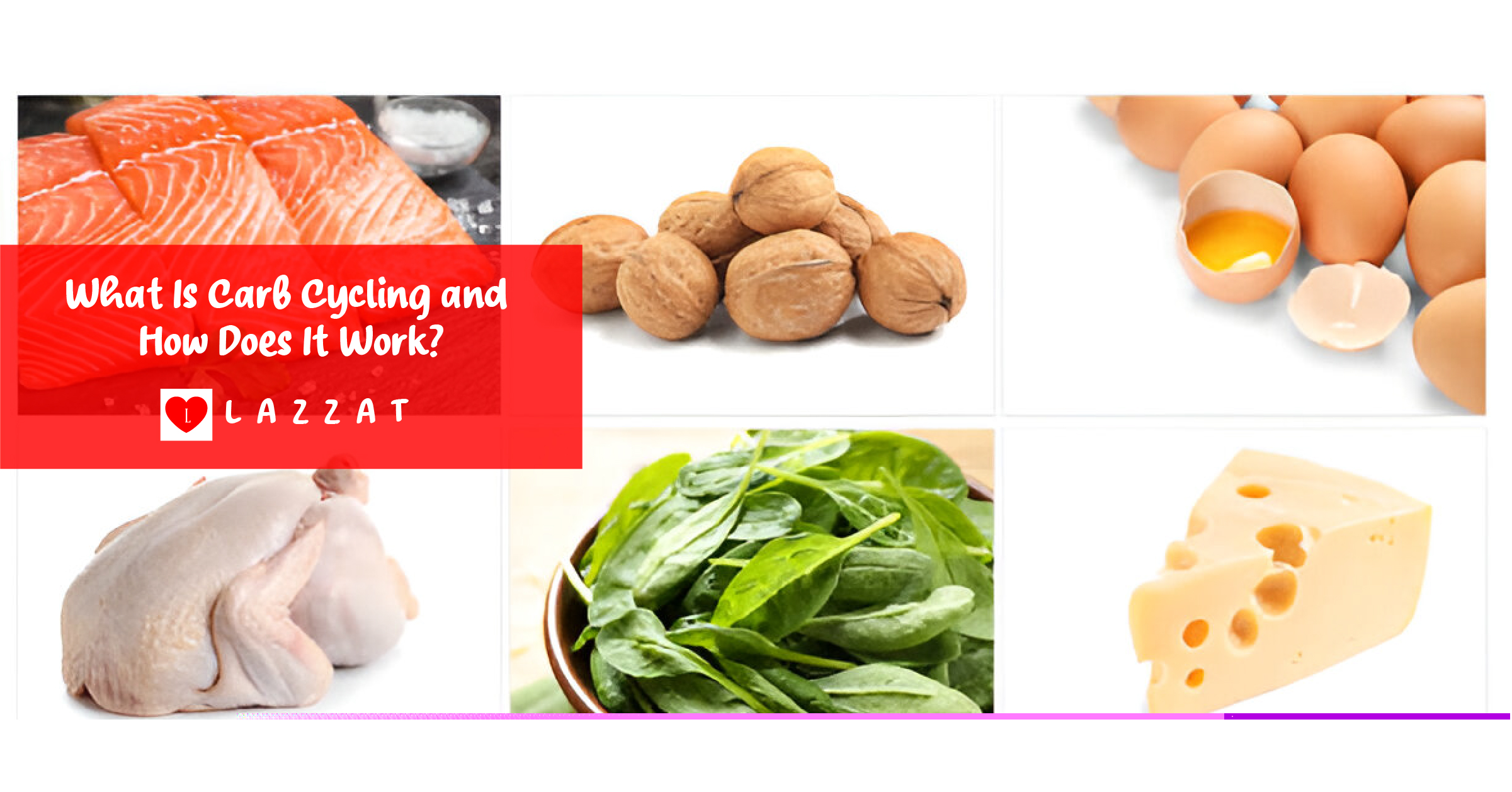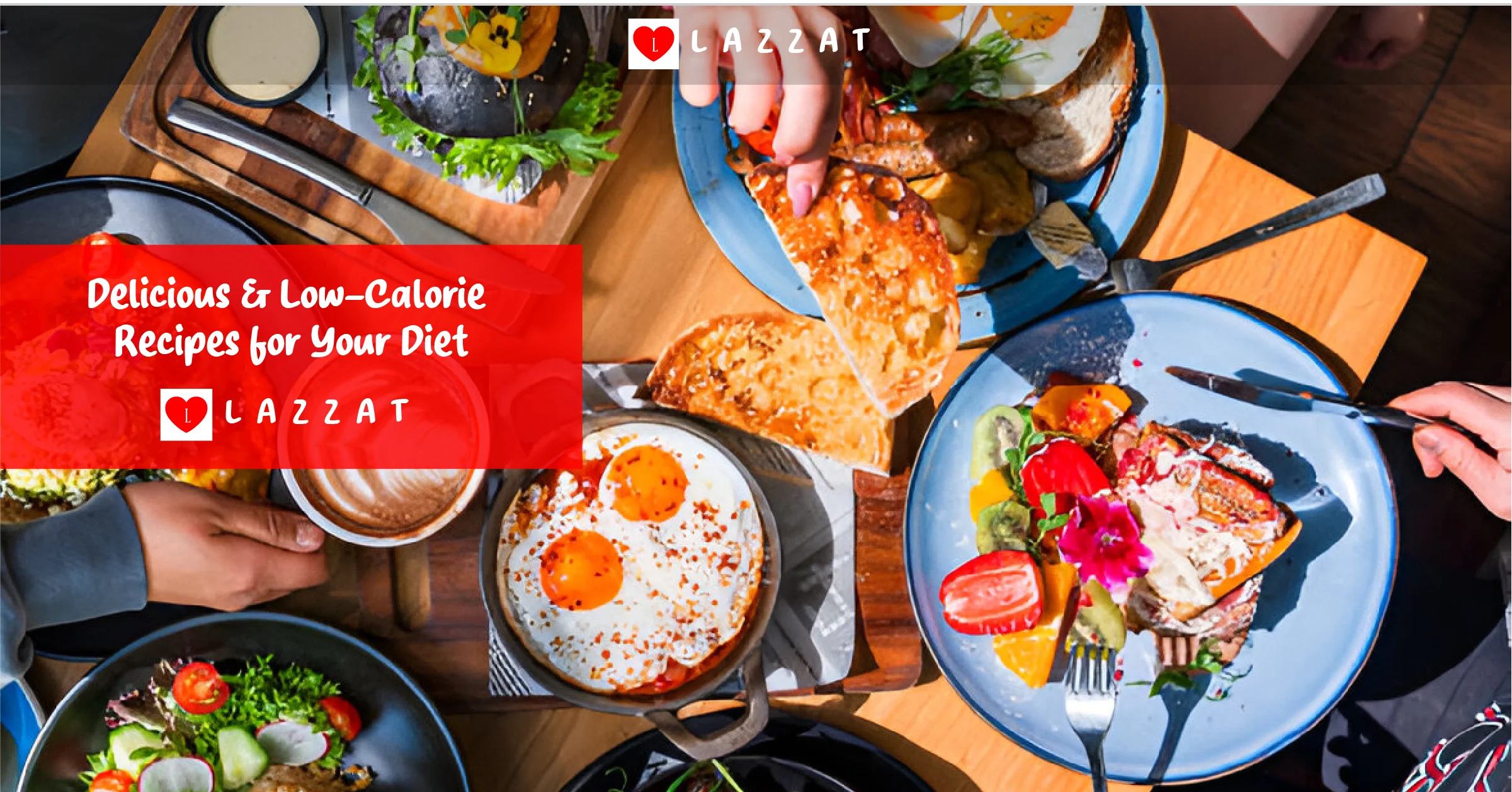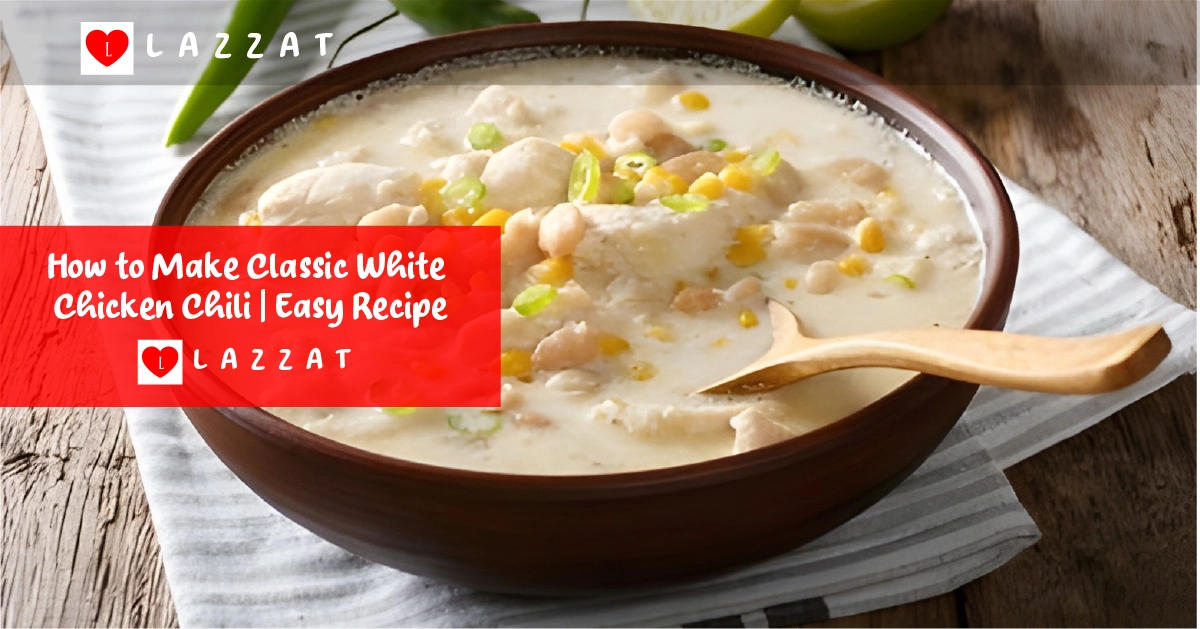In New York City, chef Emily Rosenberg was always pushing the limits of food. She was planning her new restaurant’s menu, wondering about the future of dining. Little did she know, exciting tren...
Home / Trends
Browsing Tag: Trends
Featured Posts
6 Essential Foods to Always Keep in Your Freezer
Apr 07, 2025What Is Carb Cycling and How Does It Work?
Apr 05, 2025Delicious & Low-Calorie Recipes for Your Diet
Mar 29, 2025Category List
- Latest
- Popular






